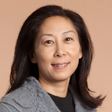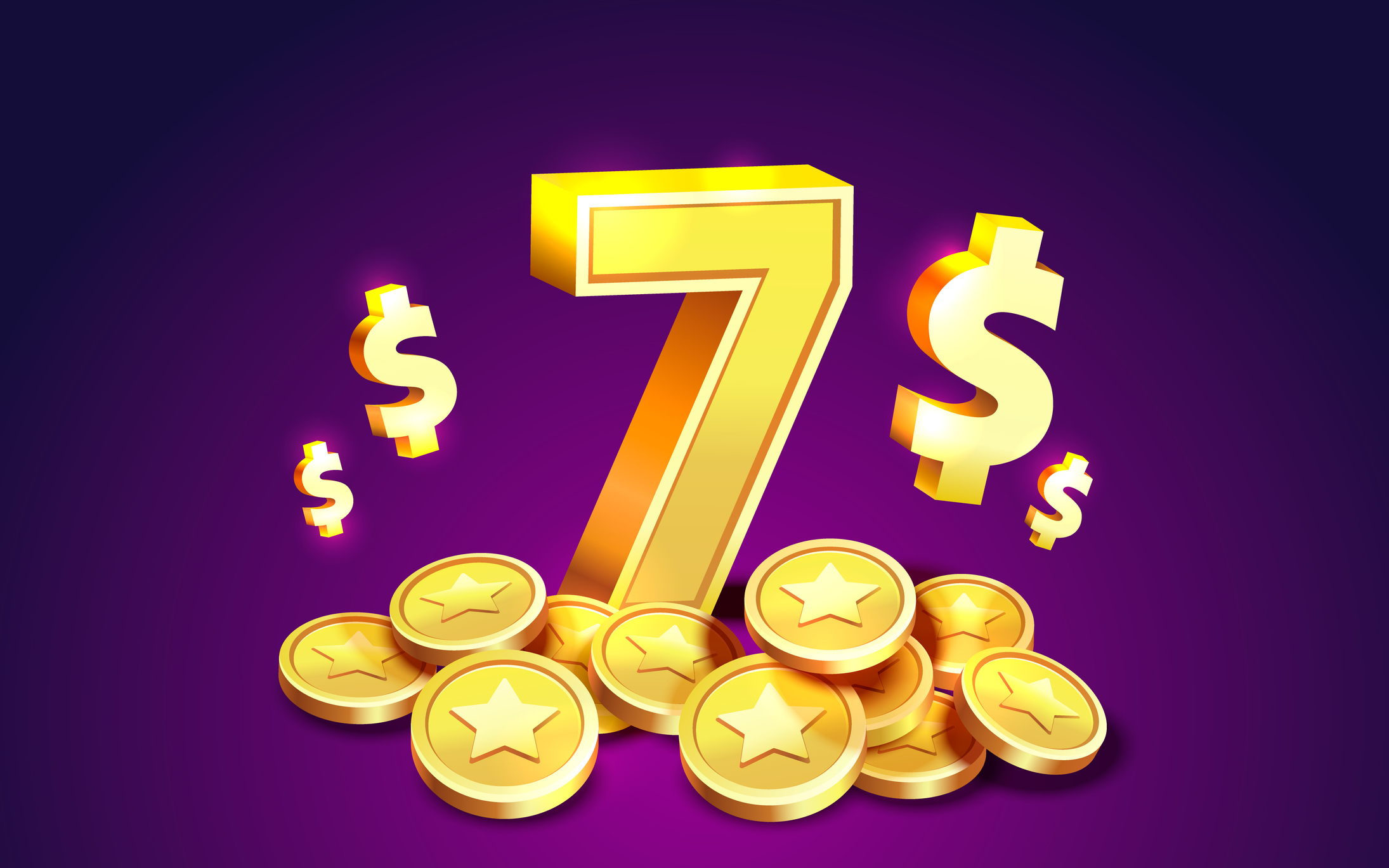How Our Favorite ETFs Are Performing Amid Market Volatility
A roller-coaster year for the stock market has weighed on several of our favorite ETFs, but one equities fund is faring better than others. Here's why.


Volatility has rocked U.S. stocks, so we decided to check in on the U.S. stock funds in the Kiplinger ETF 20. Most performed in line with expectations, but some investors may find one outcome surprising.
First, a little context. After peaking in February, the S&P 500 Index plunged 19% before recovering some in early April.
By the end of April, the index was down 9% from its peak on February 19. The 11 U.S. stock funds in the Kip ETF 20 – our favorite exchange-traded funds – performed in line with the benchmark with an average loss of 9%.
From just $107.88 $24.99 for Kiplinger Personal Finance
Become a smarter, better informed investor. Subscribe from just $107.88 $24.99, plus get up to 4 Special Issues

Sign up for Kiplinger’s Free Newsletters
Profit and prosper with the best of expert advice on investing, taxes, retirement, personal finance and more - straight to your e-mail.
Profit and prosper with the best of expert advice - straight to your e-mail.
A focus on dividends and quality helped. The Schwab U.S. Dividend Equity ETF (SCHD) and the Vanguard Dividend Appreciation ETF (VIG) held up best, declining 7.5% and 6.4%, respectively, through April from the market peak.
The JPMorgan U.S. Quality Factor ETF (JQUA) was not far behind, with a 7.3% loss. It focuses on stocks that pass certain quality and profitability measures.
Funds that emphasize smaller companies and tech stocks fared worse. The iShares Core S&P Mid-Cap ETF (IJH) and the iShares Core S&P Small-Cap ETF (IJR) lost 10.8% and 14.3%, respectively.
Nipping at their heels were the Technology Select Sector SPDR ETF (XLK), which holds 65 information technology stocks, with a 13.0% loss, and the SPDR S&P Kensho New Economies Composite ETF (KOMP), which declined 13.6%. Tech stocks make up 35% of that portfolio, which focuses on innovative companies.
But one fund turned its fortunes around. After lagging the S&P 500 for much of the past decade, the Invesco S&P 500 Equal Weight ETF (RSP) weathered the swoon far better than any other U.S. stock fund in the Kip ETF 20, with a 7.0% loss.
The fund holds shares in every member of the S&P 500 in equal proportions, rather than weighting them by market value. That approach helped to lessen the impact of losses in some of the biggest S&P 500 firms, including Tesla (TSLA), Nvidia (NVDA) and Apple (AAPL).
Meanwhile, the equal-weighting enhanced the impact of gains in smaller companies in the index, including software company Palantir Technologies (PLTR), CVS Health (CVS) and goldmining company Newmont (NEM).
This item first appeared in Kiplinger Personal Finance Magazine, a monthly, trustworthy source of advice and guidance. Subscribe to help you make more money and keep more of the money you make here.
Related Content
Profit and prosper with the best of Kiplinger's advice on investing, taxes, retirement, personal finance and much more. Delivered daily. Enter your email in the box and click Sign Me Up.

Nellie joined Kiplinger in August 2011 after a seven-year stint in Hong Kong. There, she worked for the Wall Street Journal Asia, where as lifestyle editor, she launched and edited Scene Asia, an online guide to food, wine, entertainment and the arts in Asia. Prior to that, she was an editor at Weekend Journal, the Friday lifestyle section of the Wall Street Journal Asia. Kiplinger isn't Nellie's first foray into personal finance: She has also worked at SmartMoney (rising from fact-checker to senior writer), and she was a senior editor at Money.
-
 Santa Claus Rally at Risk as Tech Stocks Slump: Stock Market Today
Santa Claus Rally at Risk as Tech Stocks Slump: Stock Market TodayThe Nasdaq Composite and Dow Jones Industrial Average led today's declines as investors took profits on high-flying tech stocks.
-
 7 Ways to Save Money on Almost Everything
7 Ways to Save Money on Almost EverythingHigh prices got you down? These strategies can help you reap deep discounts on everyday spending.
-
 My Top 10 Stock Picks for 2026
My Top 10 Stock Picks for 2026Each year, we ask an expert to pick 10 stocks that have the potential to beat the market over the next 12 months. Here are his choices for 2026.
-
 Santa Claus Rally at Risk as Tech Stocks Slump: Stock Market Today
Santa Claus Rally at Risk as Tech Stocks Slump: Stock Market TodayThe Nasdaq Composite and Dow Jones Industrial Average led today's declines as investors took profits on high-flying tech stocks.
-
 My Top 10 Stock Picks for 2026
My Top 10 Stock Picks for 2026Each year, we ask an expert to pick 10 stocks that have the potential to beat the market over the next 12 months. Here are his choices for 2026.
-
 We're Still Bullish on Stocks
We're Still Bullish on StocksWe're still bullish on stocks for 2026, but now is the time for investors to pull in their horns and dial down risk.
-
 These Were the Hottest S&P 500 Stocks of the Year
These Were the Hottest S&P 500 Stocks of the YearAI winners lead the list of the S&P 500's top 25 stocks of 2025, but some of the names might surprise you.
-
 Stocks That Could Take Off in the New Year
Stocks That Could Take Off in the New YearThere are three areas of potential in the 2026 stock market.
-
 Now That You've Built Your Estate Planning Playbook, It's Time to Put It to Work
Now That You've Built Your Estate Planning Playbook, It's Time to Put It to WorkYou need to share details with your family (including passwords and document locations) and stay focused on keeping your plan up to date.
-
 I'm a Wealth Adviser: These 10 Strategies Can Help Women Prepare for Their Impending Financial Power
I'm a Wealth Adviser: These 10 Strategies Can Help Women Prepare for Their Impending Financial PowerAs women gain wealth and influence, being proactive about financial planning is essential to address longevity and close gaps in confidence and caregiving.
-
 I'm a Financial Planning Pro: This Is How You Can Stop These 5 Risks From Wrecking Your Retirement
I'm a Financial Planning Pro: This Is How You Can Stop These 5 Risks From Wrecking Your RetirementYour retirement could be jeopardized if you ignore the risks you'll face later in life. From inflation to market volatility, here's what to prepare for.